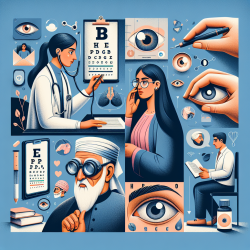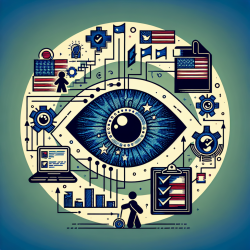Understanding Gender Disparities in Eye Health
Recent research underscores a critical issue in eye health: women in the United States are at a higher risk of developing vision impairments and serious eye diseases compared to men. This disparity is not just a matter of biology but is also influenced by social determinants of health, gaps in research, and insufficient education for both providers and patients.
The Impact of Sex and Gender
The study, "The roles of sex and gender in women’s eye health disparities in the United States," highlights how sex and gender differences are clinically under-addressed, leading to a significant burden on women's quality of life and the healthcare system. The Society for Women’s Health Research (SWHR) convened a working group to explore these disparities and recommend strategies to improve outcomes.
Key Findings and Recommendations
- Women are more likely to suffer from age-related macular degeneration, thyroid eye disease, and chronic dry eye disease.
- Social determinants and insufficient healthcare provider education exacerbate these disparities.
- The working group recommends a systems approach that incorporates sex and gender lenses in research and education.
- Increasing public and provider education and expanding partnerships among healthcare providers are essential steps forward.
Implementing Change: What Practitioners Can Do
For practitioners, understanding these disparities is the first step toward improving care. Here are some actionable strategies:
- Incorporate gender-specific considerations into patient assessments and treatment plans.
- Engage in continuous education about the latest research on sex and gender differences in eye health.
- Utilize telehealth to increase access to care, especially for women who face barriers to in-person visits.
- Collaborate with interdisciplinary teams to provide comprehensive care that addresses both eye health and overall well-being.
The Role of Telehealth
Telehealth has emerged as a powerful tool to bridge gaps in access to eye care. Women, who often face additional responsibilities and barriers, benefit significantly from the convenience and accessibility of telehealth services. Practitioners should advocate for the continuation and expansion of telehealth options post-pandemic.
Conclusion
Addressing gender disparities in eye health requires a multifaceted approach that includes research, education, and collaboration. By integrating these strategies, practitioners can contribute to reducing the burden of eye diseases on women and improving their quality of life.
To read the original research paper, please follow this link: The roles of sex and gender in women’s eye health disparities in the United States.










